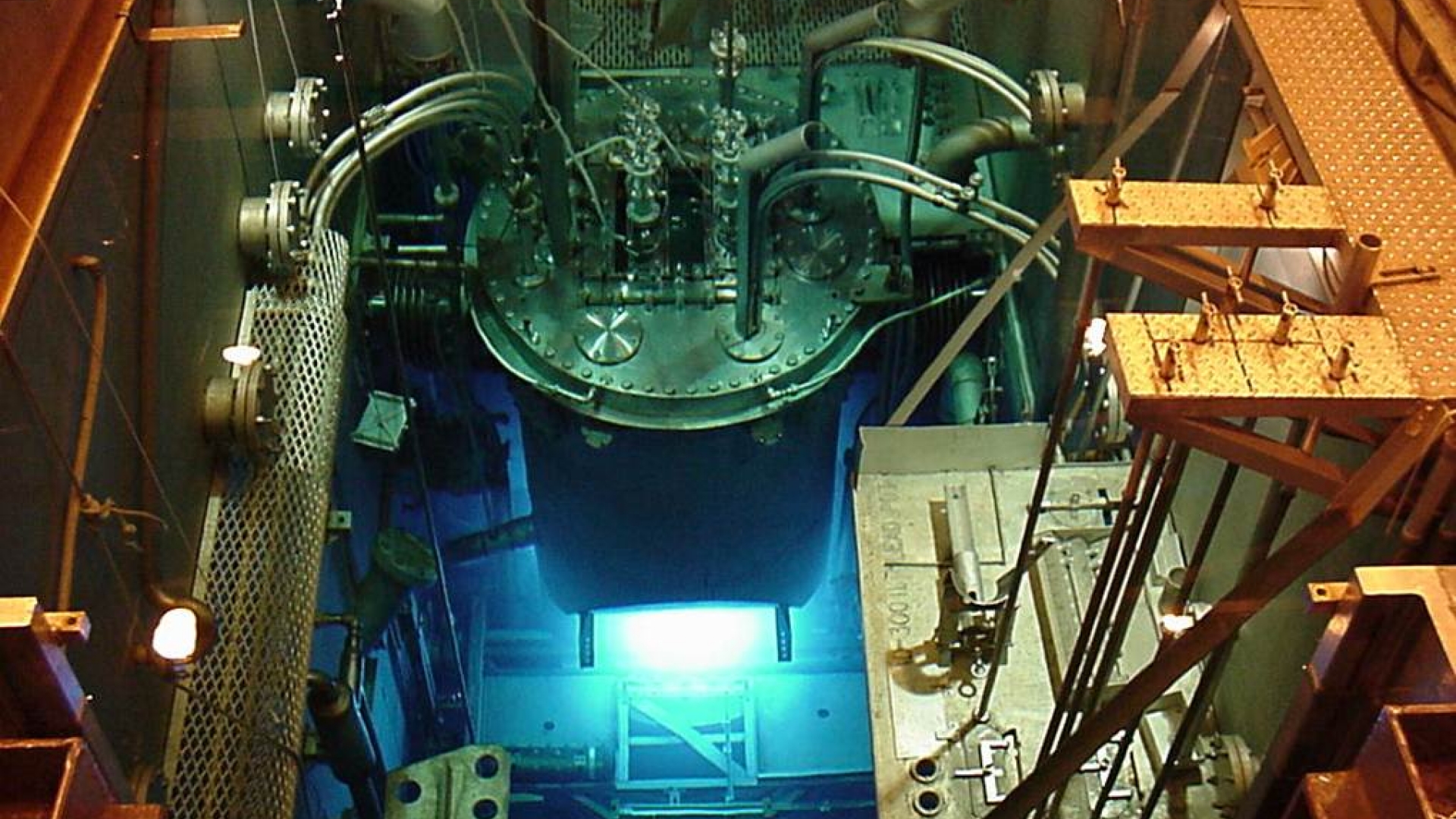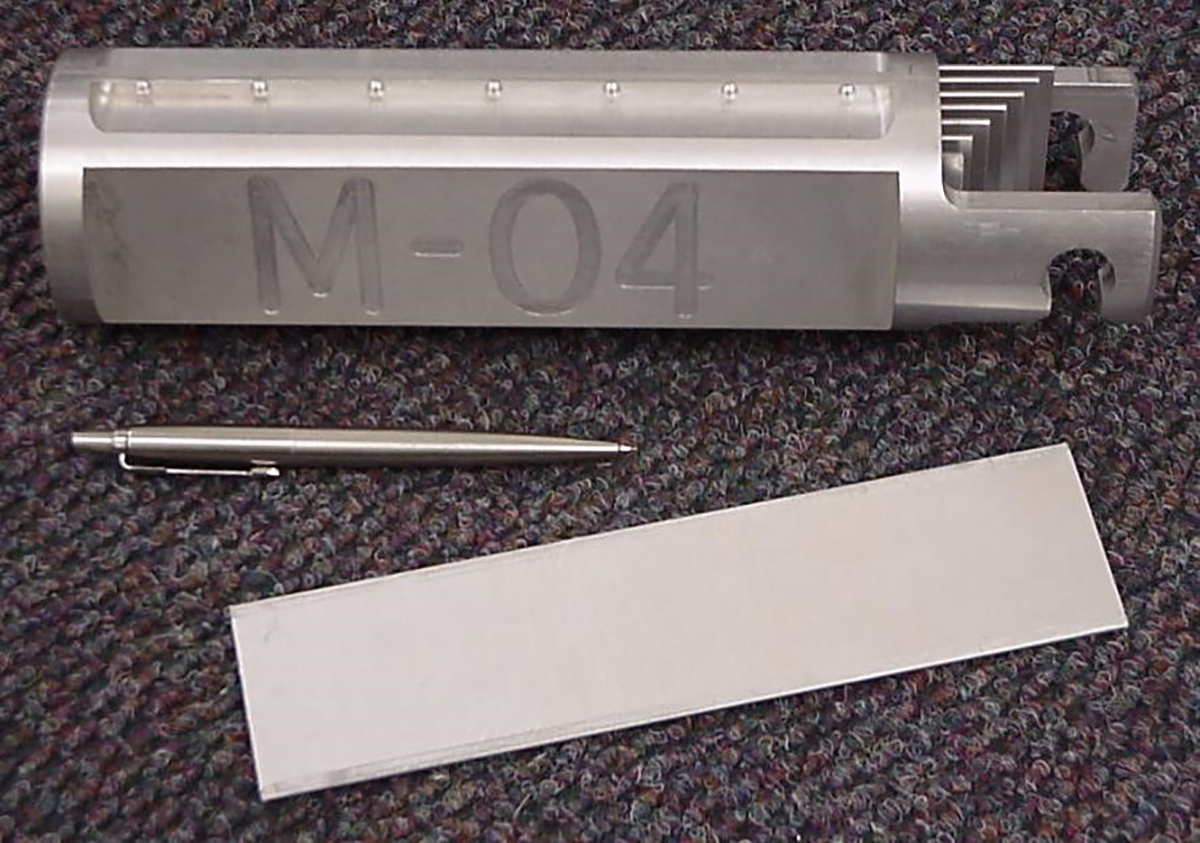Short half-lives, constant production
As 99mTc has a half-life of six hours, it must be used quickly after it is extracted otherwise it loses its effectiveness. With 99Mo’s short lifespan and 99mTc’s being even shorter, they have to be constantly produced to meet global demand.
One of the major global producers of 99Mo, and of other radioisotopes, is the South Africa Fundamental Atomic Research Installation (SAFARI-1), which is part of the South African Nuclear Energy Corporation (Necsa) and is the leading medical isotope-producing research reactor on the African continent. In collaboration with the radioisotope supplier, NTP Radioisotopes SOC Ltd — a subsidiary of Necsa — the SAFARI-1 reactor has become one of the world’s 5 largest suppliers of 99Mo and is part of the medical radioisotope supply chain for more than 50 countries worldwide. It now produces around 20% of the global 99Mo demand, and the 99mTc derived from generators using SAFARI-1’s 99Mo is used in more than 40 hospitals and other health facilities across Africa.
“Becoming a global player in the radiochemical and radiopharmaceutical community has been a matter of implementing management systems, maintenance programmes, personnel training and strategic plans in a well-structured and controlled way,” said Koos du Bruyn, Senior Manager at SAFARI-1. This has also supported the reactor’s secondary use for research and education and for industry.
With the IAEA’s support, SAFARI-1 has undergone continuous development and improvements since it began operation in 1965, including its conversion from high enriched uranium fuel to low enriched uranium fuel in 2009 (learn more about this kind of conversion) and its transition from high enriched to low enriched uranium targets, which was completed in 2017. These activities have helped to ensure better utilization of the reactor and its successful transition to more commercial use.
“In the 1990s, we changed our operational approach and put more emphasis on maintenance and management, including building up a team of specialized staff who are highly skilled in a range of areas. This allowed us to go from being a low-use reactor to an extremely high-use and more sustainable facility,” du Bruyn said. In the nine years between 1995 and 2004, the reactor was used more than in the previous three decades combined. Then only seven years later it achieved the same result. As of 2019, SAFARI-1’s use has almost quadrupled since 1995.
In the last 15 years, SAFARI-1 has operated around the clock, nearly non-stop for around 300 days each year and is expected to continue supplying 99Mo until at least 2030. However, as the reactor is ageing, a new 15 to 30 MW (thermal) multipurpose research reactor (MPR) is being considered to replace it. This process will take up to ten years from the start of feasibility studies to completion.
“If a new MPR is built, it will be equipped to flexibly operate over the next 60 or more years so we can adapt to potential changes, such as fluctuations in medical isotope markets and research requirements, as well as provide South Africa and the region with a critical nuclear fuel and material testing facility,” du Bruyn said.


